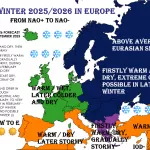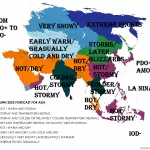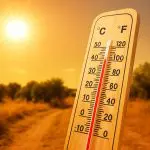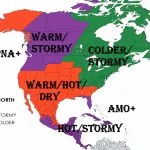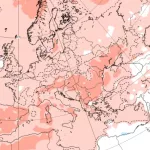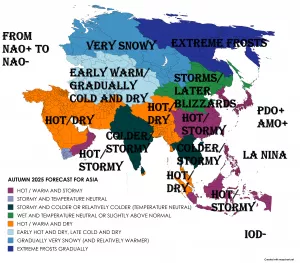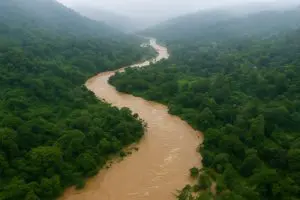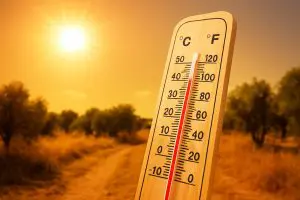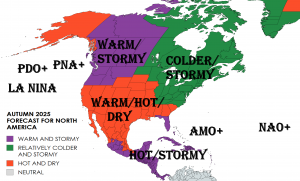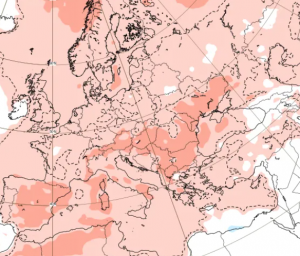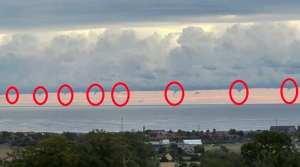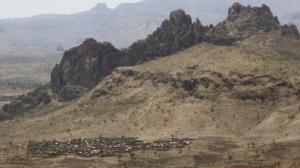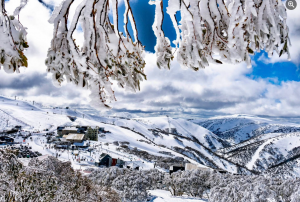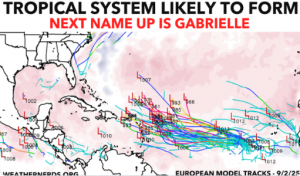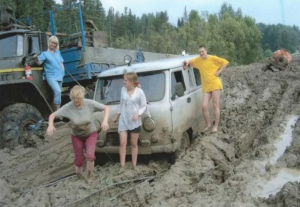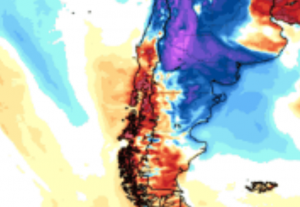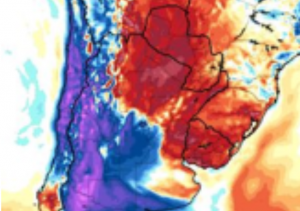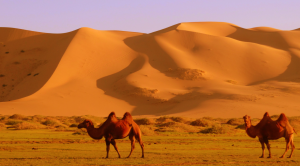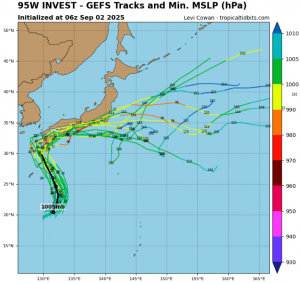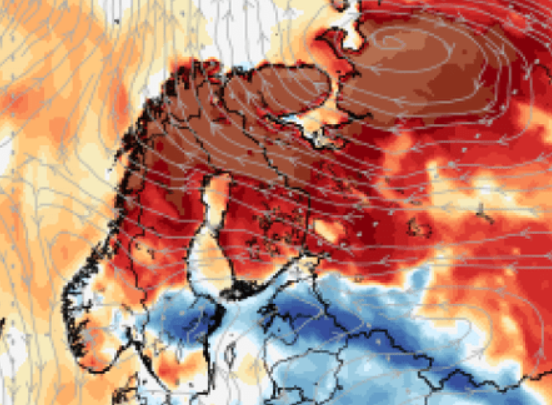
From July 12 to August 2, 2025, Lapland in Arctic Finland experienced an astonishing stretch of 22 consecutive days with temperatures above 30 °C (86 °F), setting a new national record. This shattered the previous high of 13 days set in 1972, and far exceeded the historical July average in Rovaniemi of around 19 °C. For a region within the Arctic Circle, such prolonged extreme heat is without precedent in recorded Finnish history.
The Finnish Meteorological Institute confirmed the record-breaking streak, calling it “highly unusual” and “a clear manifestation of rapid Arctic warming.” While occasional summer spikes above 30 °C are not unheard of in Finland, the persistence of this heat over more than three weeks marks a fundamental change in the region’s climate patterns. Meteorologists attribute it to a stationary high-pressure system—a heat dome—over northern Europe, compounded by warmer-than-normal Baltic and Arctic seas, which prevented nighttime cooling and maintained the daily cycle of intense heat.
The impacts have been severe. Reindeer herders in Lapland reported animal deaths from heat stress and poor grazing conditions as vegetation dried out. Wildfire risk soared across northern forests and peatlands, and health authorities warned of increased heat-related illnesses in communities unaccustomed to such conditions. Homes, infrastructure, and healthcare systems designed for cold climates have been pushed to their limits, with air-conditioning still rare in much of Lapland.
The scale and duration of this heatwave are stark indicators of Arctic amplification, where the polar regions warm more than twice as fast as the global average. Climate scientists note that such persistent extremes in high latitudes were once thought nearly impossible but are becoming more likely with each passing decade. This 22-day streak may serve as a warning sign of summers to come, forcing Finland and other Nordic countries to confront the reality that their climate norms are shifting faster than infrastructure and ecosystems can adapt.

Illustration map: Volcaholic X
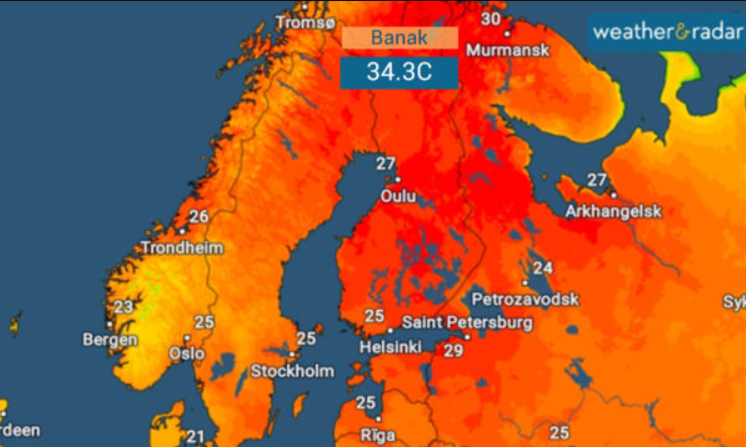
Illustration map: Aaronsmith333 X / Weather Radar

